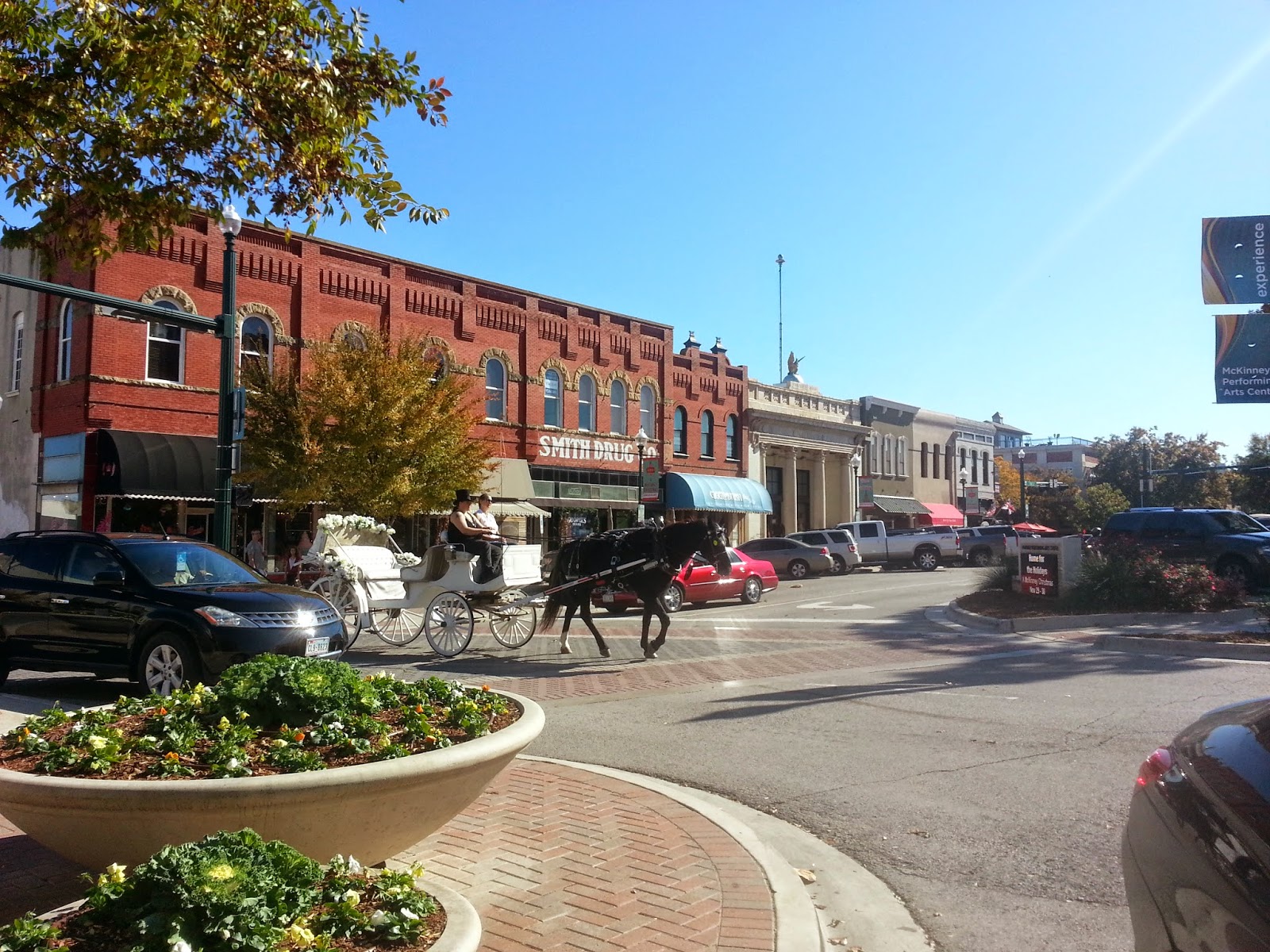Ever wonder how are mortgage rates determined?
Homeowners and homebuyers always wonder what mortgage rates are going to do, go up or down, especially if they have an Adjustable Rate Mortgage. Contrary to popular belief, mortgage rates are actually not set by the Federal Reserve, however what the Feds do does impact mortgage rates. Here's how it works:
It all starts with the Federal Reserve. The Federal Reserve sets one main rate called the Federal Funds Rate. This rate in turn influences an entire line of other federal monetary interest rates such as the discount rate and the prime rate. The discount rate is the rate at which businesses can borrow money from the Federal Reserve. It provides emergency liquidity for corporations when they lack credit or assets and are unable to get cash and securities elsewhere. The prime rate, on the other hand, is the absolute best rate available to consumers for short- and long-term debt ranging from credit cards to home mortgages.
The "Funds Rate" or "Fed Funds Rate" is the interest rate that banks and depository institutions charge each other. You might be wondering, "How does that work and when do banks borrow and loan to and from each other?" When banks have excess reserve funds, they charge one another for overnight loans of those funds. The Federal Reserve has the opportunity to adjust this rate eight times a year at the Federal Open Market Committee.
Depending on whether the Fed Chairman and the regional Federal Reserve governors decide to raise, lower, or hold the rate, the Fed buys and sells mass quantities of treasury bonds in a process called open market operations. Banks and other institutional buyers have permission to trade government treasury bonds in this market. Traders need cash denominated in U.S. dollars to participate in the Fed's bond market, and the addition and removal of that cash functionally increases or decreases the rate as liquidity becomes more or less scarce.
Interest rates are also influenced by a variety of other factors, including consumer sales, inventories, imports and exports, and employment. The key idea is that since interest rates are technically the price of owning money, things that make more money available in the economy will increase interest rates. For instance, more employment means that households are spending more money in the economy. As more money becomes available, rates will increase.
If you are looking for a reputable lender, please contact me anytime.

